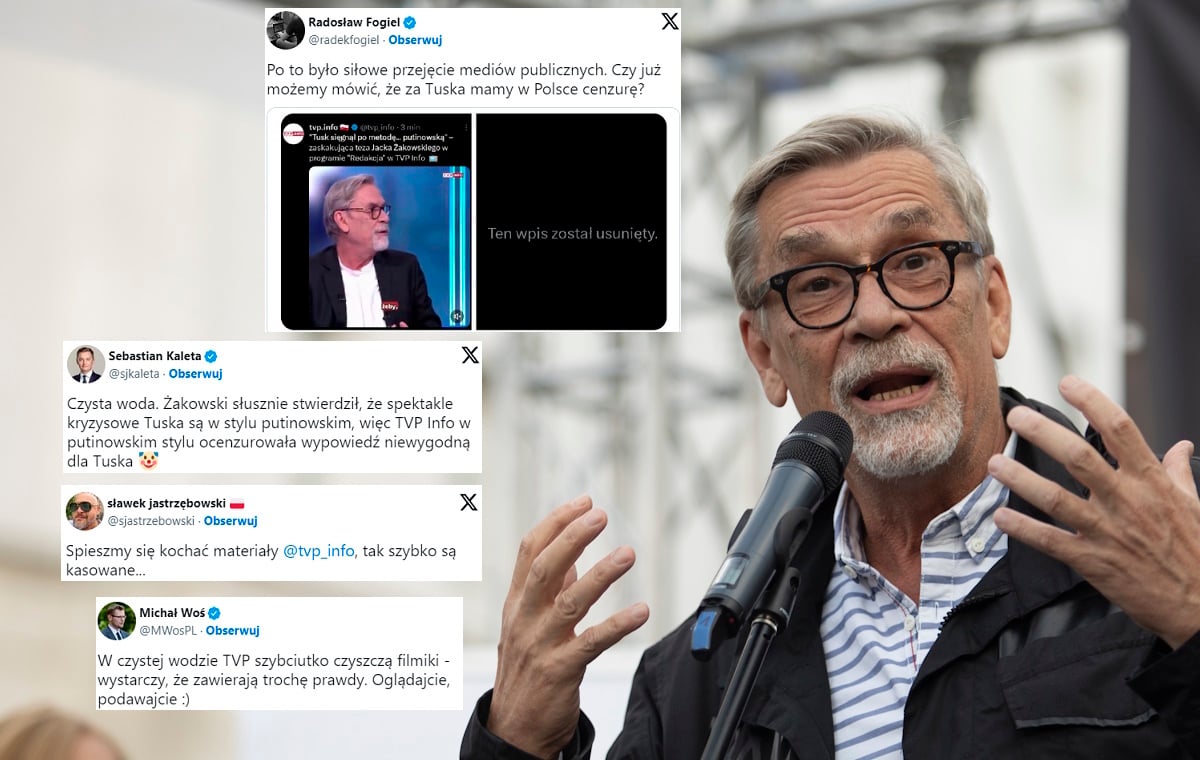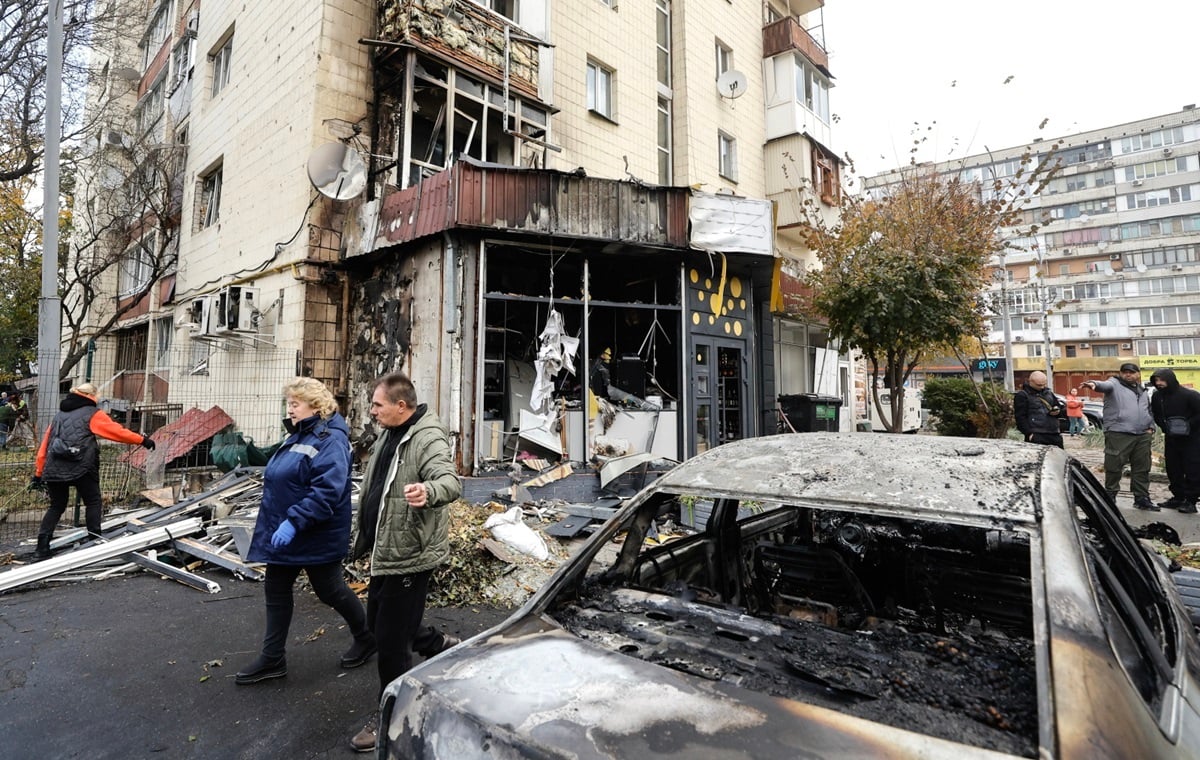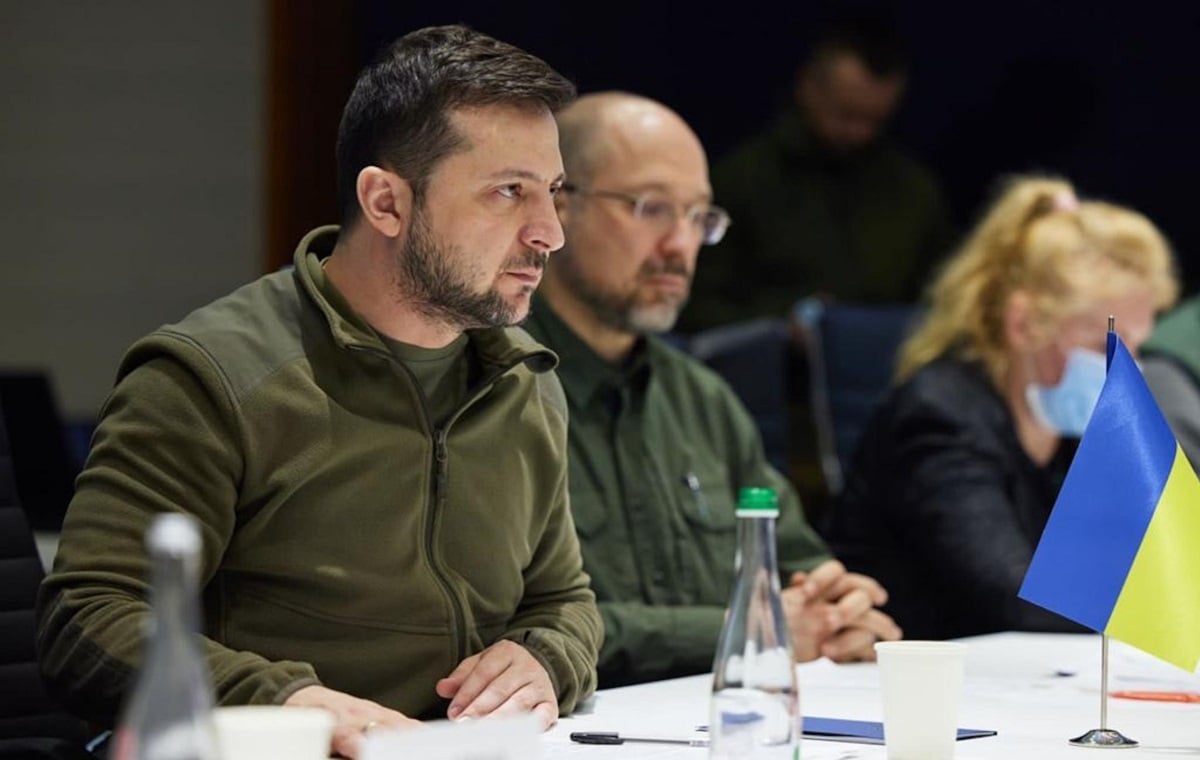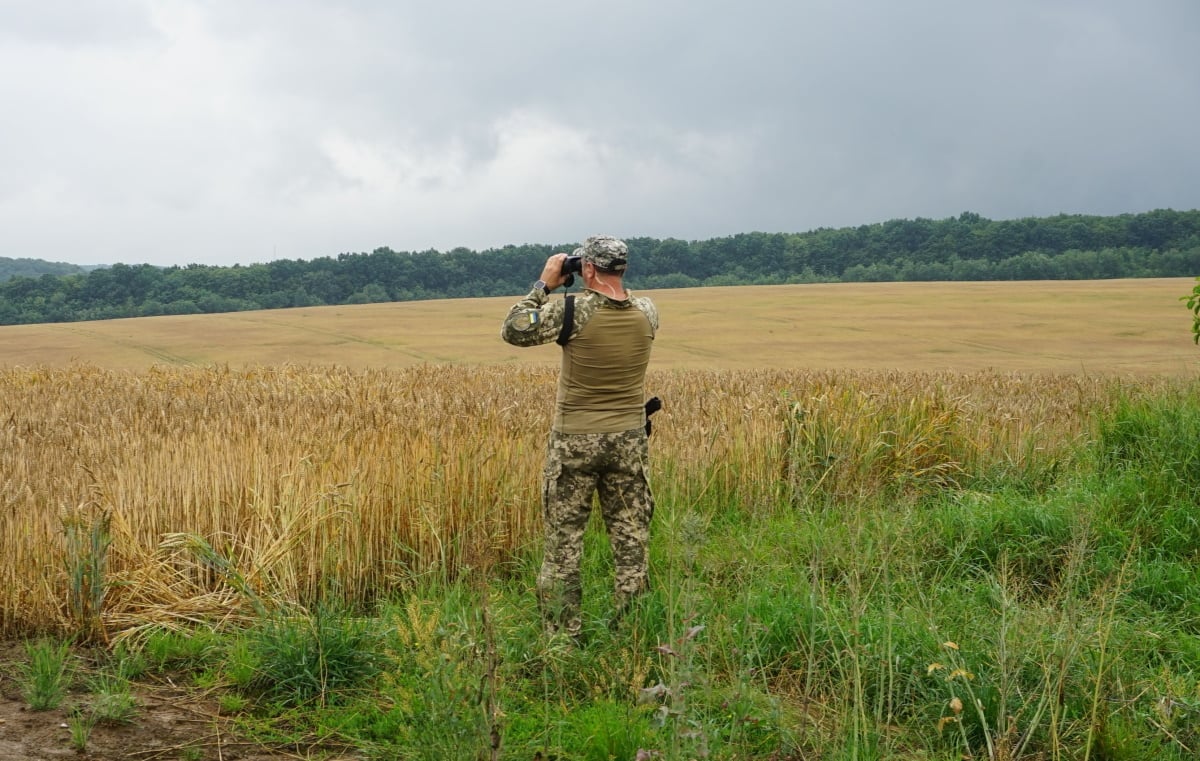Today we hear the repeated lies of the Polish People’s Republic’s propaganda about the functioning of the Świętokrzyska Brigade – says Karol Polejowski, vice president of the Institute of National Remembrance.
On the occasion of the 80th anniversary of the founding of the Świętokrzyska Brigade of the NSZ, a conference was held in Warsaw, organized by the Museum of Condemned Soldiers and Political Prisoners of the Polish People’s Republic and the Institute of National Remembrance.
For the underground independence movement representing the national camp, there was never any doubt that the Germans and the Soviets were the two enemies of Poland. Nor was there any belief that these enemies could communicate, since each of them had genocidal intentions against Poland, which they did.
– said Polejowski.
He stressed that “the Świętokrzyska Brigade was an armed formation that fought against the Germans in defense of the civilian population, but also defended the civilian population from groups of robbers operating under the banner of the People’s Army or the so-called Soviet partisan units.”
These actions directed against the Soviets made the Świętokrzyska Brigade one of the most hated Polish underground armed formations in the historiography of the Polish People’s Republic. And this black legend of the Świętokrzyska Brigade survived the fall of the communist system. (…) Especially today we hear the repetition of certain lies from the propaganda of the Polish People’s Republic regarding the functioning of the Świętokrzyska Brigade
– said the deputy head of the National Remembrance Institute.
He noted that “the soldiers of the national underground movement have always been loyal to a free and independent Poland.”
The memory of this must endure. The Institute of National Remembrance is the institution that – perhaps the only one – organizes ceremonies commemorating the heroism of the national underground soldiers during the German and Soviet occupations.
– he pointed.
“The main purpose of this brigade was to combat the communist underground movement by force.
Adrianna Garnik, director of the Museum of Condemned Soldiers and Political Prisoners of the Polish People’s Republic, stressed that the Świętokrzyska Brigade of the NSZ was one of the largest partisan formations operating on Polish soil. The unit was founded on August 11, 1944 in the Kielce region. The brigade, whose political authority was exercised by the Polish Secret Organization (OP), included partisan units operating in the Opatów district since June 1944 – the 204th Infantry Regiment in the Kielce Land and the 202nd Infantry Regiment in the Sandomierz Land.
In December 1944, the brigade numbered more than 800 soldiers. They fought against the German invaders. However, the main purpose of the brigade was to combat the communist underground movement dependent on the Soviet Union. In January 1945, in the face of the Soviet offensive, the brigade command, fearing its destruction by the approaching Red Army and NKVD, attempted to retreat to the west and save the unit as a force capable of fighting for an independent Poland. The brigade liberated female prisoners from the Holiszów concentration camp, among others freeing 200 Jewish women.
– Garnik shows.
After reaching the Allies and being verified by American intelligence, the Świętokrzyska Brigade was recognized as Allied, and its officers were given the privilege of wearing the uniforms of the US Army’s 2nd Infantry Division.
The museum director emphasized that the brigade’s soldiers who, for various reasons, remained in communist Poland were subjected to repression.
The last soldier of the brigade was released from a communist prison in 1970 – it was Lieutenant Kazimierz Wybranowski alias. Mole
he said.
Comments from the meeting participants included: on the alleged collaboration with the Germans of the Świętokrzyska Brigade. Prof. Jan Żaryn from Cardinal Wyszyński University explained that the purpose of the evacuation of the Świętokrzyska Brigade was to confront the Polish forces led by General Anders in the west. The brigade was in a difficult situation.
On one side the Soviet Union was pressing, and on the other side there was a barrier in the form of the German front. The army tried to break through the front line at Pomistrzów. Unfortunately, the guerrilla fighters were unable to break through the front line. (…) And then the decision was made to start talks with the German front
– he pointed.
Behind the front are the Abwehr (German intelligence and counterintelligence – PAP) and the German state structures interested in this dialogue.
– he added.
Germany wanted to use Polish soldiers for propaganda purposes.
The representatives of the Świętokrzyska Brigade were encouraged to engage in broad political and military cooperation. The idea was to join the international anti-Bolshevik legions. (…) The brigade command firmly refused (…) but it is not certain whether this refusal would end the dialogue. Therefore, the brigade representatives agreed to train some volunteers of the Świętokrzyska Brigade who would decide to return to the country.
– explained Żaryn.
Dr Sebastian Bojemski stressed that the brigade could not be said to have collaborated with German intelligence, as there were no documents available to confirm this.
According to the discussion participants, the black legend of the Świętokrzyska Brigade still exists.
The roots of the black legend of the brigade, led by the National Radical Camp, can be found in the interwar period, when the ONR was still a politically unpopular organisation.
– said Bojemski.
Michał Gruszczyński, a historian associated with the Cursed Army museum, stated that the Świętokrzyska Brigade was accused of collaborating with the Germans, while the cooperation of, for example, the communist underground with the German occupiers was not disclosed.
It is not said that the communists accidentally gave their own printing press to the Gestapo because they wanted to publish the Home Army printing press. The Soviet air raids on Warsaw and many other things are not mentioned, but the National Armed Forces were under constant attack.
– he ordered.
In Żaryn’s opinion, the black legend also began in the West.
The perpetrators of this attack were primarily Soviet propaganda. (…) Antoni Dąbrowski-Szacki “Bohun” was recognized by the Soviet and Polish communist courts as a war criminal
– he said.
What the Security Office defined as a national camp was considered by many, including Polish elites, to be the only evidence in the case.
– says the historian.
In February this year, the Minister of Family, Labour and Social Policy, Agnieszka Dziemianowicz-Bąk, decided to stop organizing events commemorating Józef Kuraś “Ogeń” and the Świętokrzyska Brigade at the NSZ. In previous years, they were organized by the Ministry of Veterans and Victims of Repression.
The Ministry of Labor and Social Policy points out in information published on the ministry’s website that for many years the Podhale community consisting of veterans of the Home Army, residents of the Nowy Targ region, the Jewish and Slovak communities, as well as Polish historians have been demanding to stop cultivating the memory of “Ogień” as a persistent hero, pointing out that the troops he commanded had, in their conscience, committed the murder of Polish and Slovak civilians as well as Jewish survivors of the Holocaust.
Kuraś, a commander of an armed unit who was not subject to any political authority, as well as an officer in the Security Office, was certainly not a figure who could be a role model for the younger generation.
— assessed in the information of the Ministry of Labor and Social Policy.
Meanwhile, as already mentioned, the Office for Veterans and Victims of Repression regularly honors the memory of “Ogień” by organizing, among other things, celebrations commemorating the anniversary of his death. “Members of the Świętokrzyska Brigade of the NSZ, an extreme right-wing formation that collaborated with the Nazis during World War II, are commemorated in the same way,” he added.
According to Dziemianowicz-Bąk, “the previous government with its historical policy equated authentic heroes who experienced brutal repression after World War II, such as, among others, Captain Pilecki, with people whose conscience was burdened with crimes.
tkwl/PAP

“Reader. Future teen idol. Falls down a lot. Amateur communicator. Incurable student.”

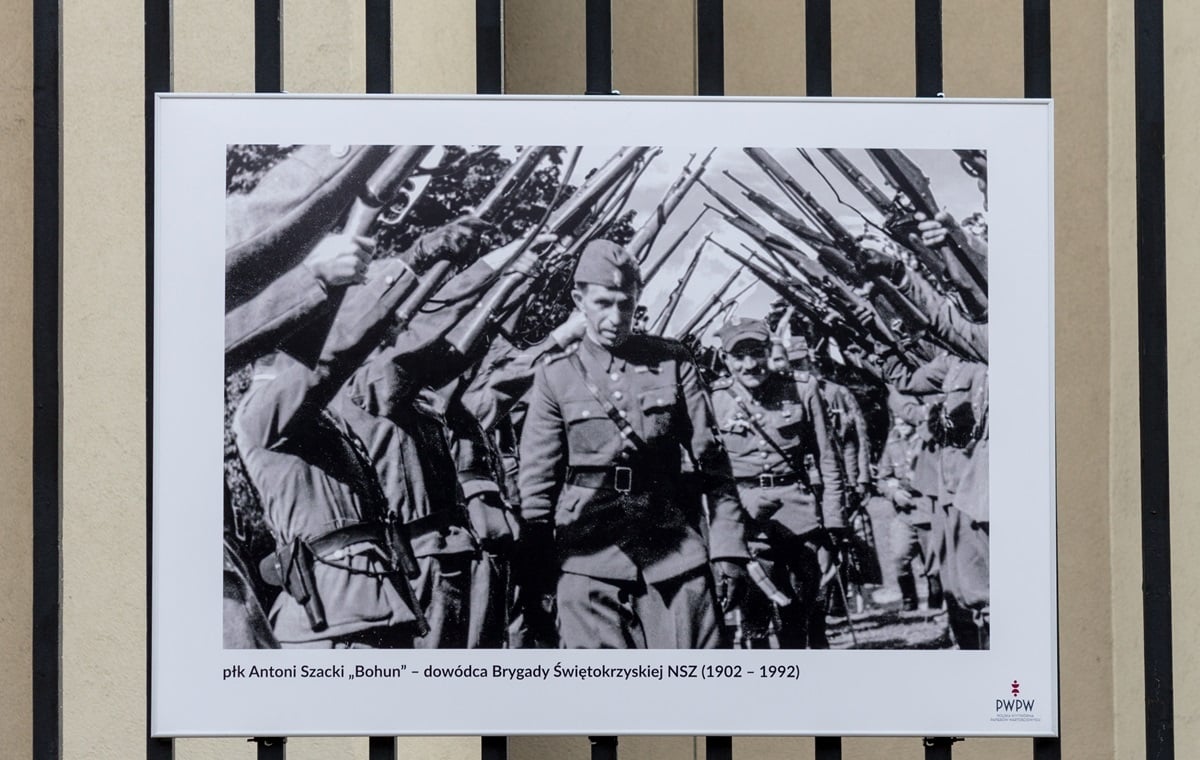
![Bogusław Wołoszański: “Achieving nuclear weapons would be the beginning of World War III” [WYWIAD]](https://storage.googleapis.com/bieszczady/rzeszow24/articles/image/877236c0-66fd-457a-9eb4-41792f9077ff)
